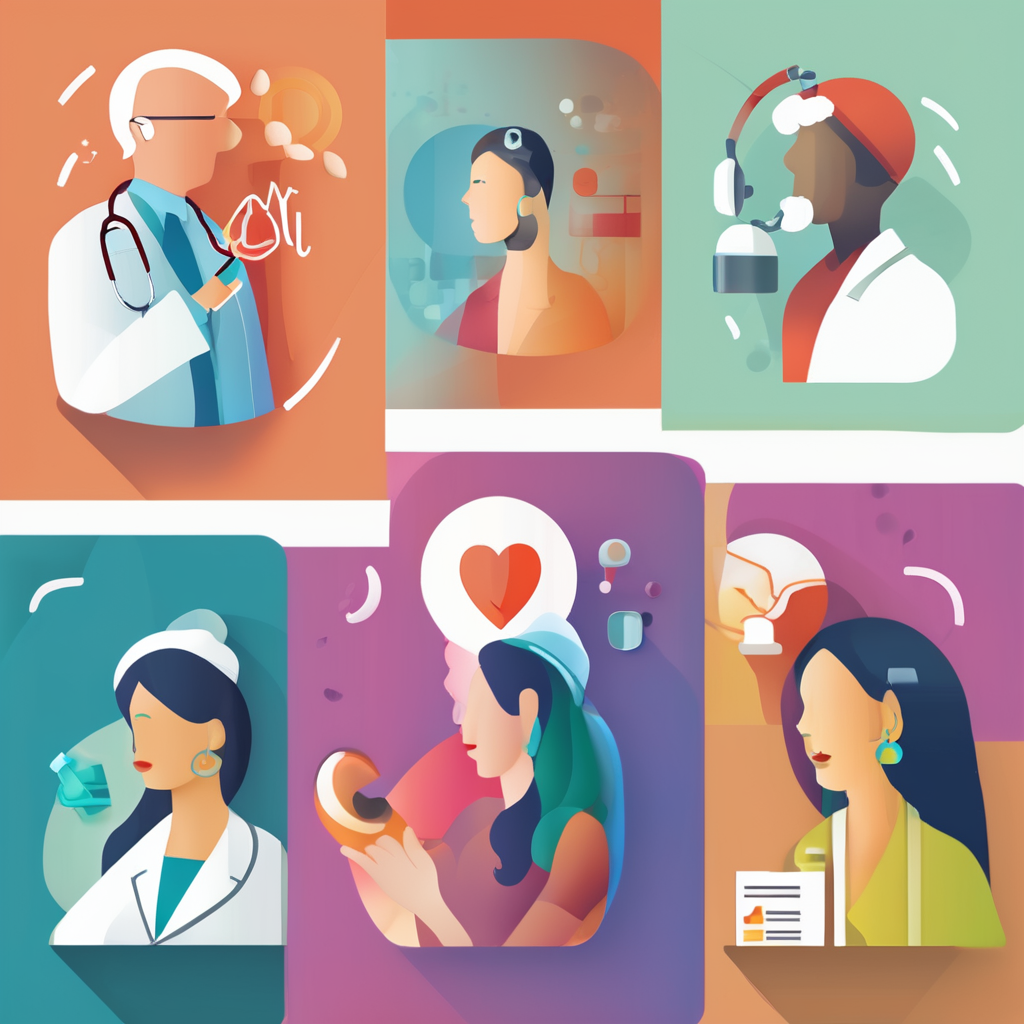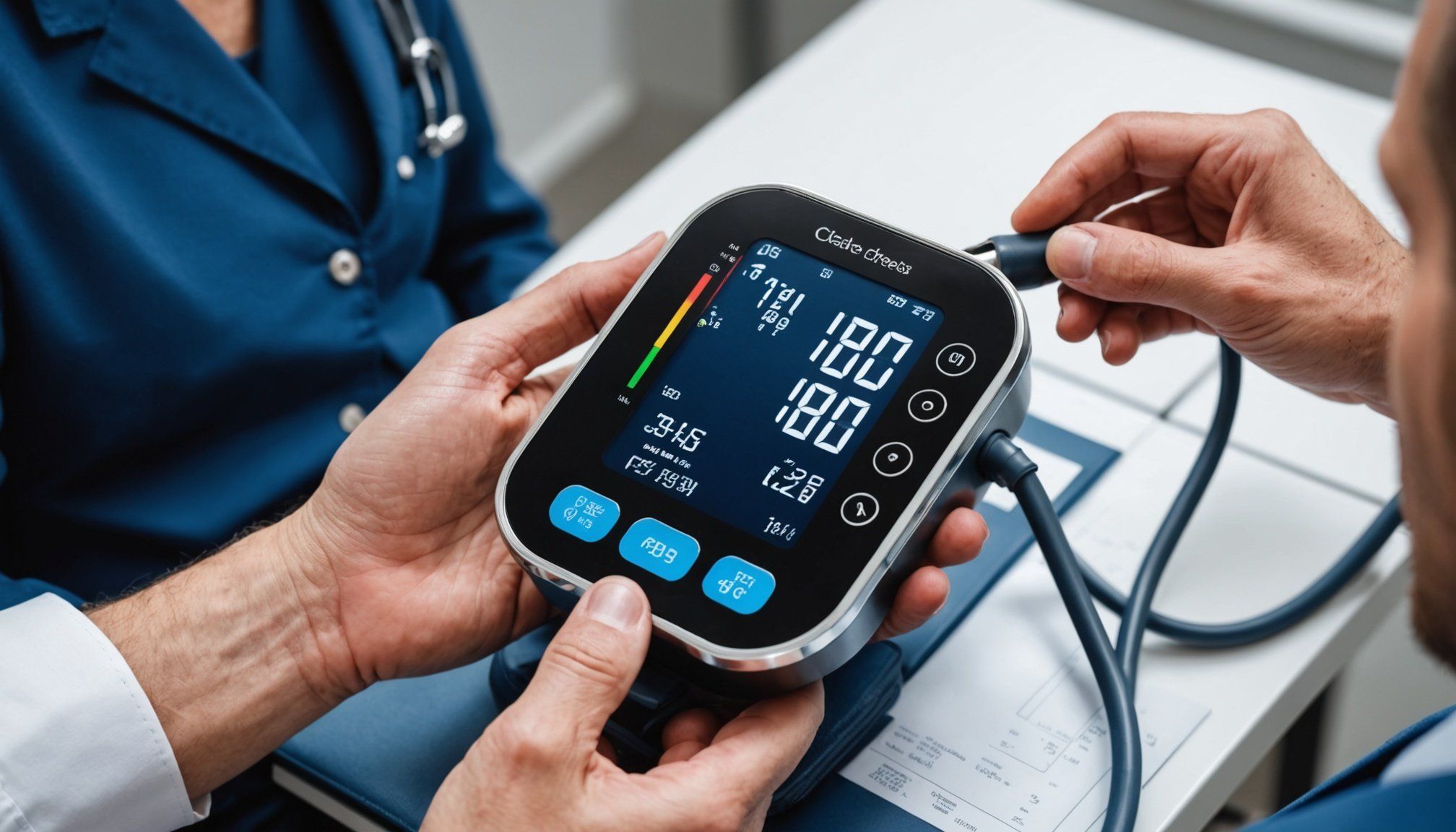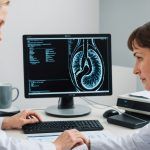Advantages of Ongoing Blood Pressure Monitoring
Continuous blood pressure management offers significant benefits, particularly for individuals managing hypertension. By allowing for continual observation of blood pressure levels, this approach enables more rapid adjustments in treatment, leading to improved hypertension control. Unlike traditional monitoring that relies on sporadic readings, ongoing monitoring provides a comprehensive view of blood pressure trends over time.
Hypertensive patients benefit as continuous updates on their condition can guide personalized treatment plans. This method supports proactive management strategies, assessing day-to-day variances and identifying potential risk factors more efficiently. The resulting targeted interventions can significantly enhance patient outcomes, minimize complications, and improve overall health.
In the same genre : Top Strategies for Effectively Managing Epilepsy in Children: Essential Best Practices
Moreover, continuous monitoring empowers patients to be more engaged in their healthcare journey. Real-time data feedback often results in better adherence to prescribed medications and lifestyle changes. In contrast, traditional methods relying on occasional check-ups often miss critical fluctuations, potentially risking health outcomes. Patient engagement is enhanced when individuals actively participate in their monitoring process, leading to empowerment and informed healthcare decisions.
In summary, continuous monitoring represents a vital tool in the arsenal for effective blood pressure management, offering superior outcomes, increased adherence, and transforming the paradigm from reactive to proactive hypertension care.
Have you seen this : Exploring Acoustic Wave Therapy: Is There Proof It Helps with Erectile Dysfunction?
Role in Personalized Care
Continuous monitoring of blood pressure significantly contributes to personalized hypertension treatment, tailoring care to meet individual needs. By collecting comprehensive data, healthcare providers can identify patterns and make informed decisions about treatment adjustments, optimizing individualized care. This approach allows for fine-tuned interventions that traditional methods may overlook.
Real-time data supports patient engagement, encouraging individuals to take an active role in their health management. When patients have access to continuous updates, they are more likely to adhere to their treatment plans, knowing that their unique health patterns are considered. Real-time monitoring fosters an environment where patients feel empowered and informed, directly influencing their commitment to maintaining healthier lifestyles.
The importance of individualized strategies in hypertension management cannot be overstated. Each person’s health journey is unique; therefore, personalized approaches enhance both motivation and outcomes. Continuous monitoring, paired with data-driven insights, refines treatment approaches, ensuring they are both relevant and effective for each patient.
- Benefits of real-time feedback:
- Encourages adherence to lifestyle changes
- Facilitates informed decisions by patients
- Enhances communication with healthcare providers
Harnessing personalized hypertension treatment through continuous data exemplifies the future of proactive and patient-centered care.
Technological Solutions for Monitoring
Advancements in blood pressure technology have revolutionised the way hyertension is managed. Health monitoring devices, especially wearables, provide continuous, convenient data collection, essential for precise blood pressure management. From smartwatches to cuffless monitors, the variety of wearable technology available ensures that patients can choose devices based on their lifestyle and comfort.
Overview of Available Devices
Today’s market offers numerous devices, from traditional cuffs to sophisticated wearable technology. While conventional cuffs provide accurate readings at specific times, advanced devices enable ongoing monitoring, facilitating better hypertension control. These devices are pivotal in detecting irregular blood pressure patterns that may go unnoticed during routine checkups.
Mobile Applications for Monitoring
The integration of health monitoring devices with mobile applications has simplified data management. These apps provide users with a comprehensive view of their health, tracking trends and deviations. Smart notifications encourage users to adhere to their medication schedules and prompt them to seek timely medical intervention, enhancing blood pressure technology utility.
Integration with Health Systems
Integration with electronic health records (EHRs) ensures seamless data flow between patients and healthcare providers, enabling customised treatment plans. Accurate, real-time data assists healthcare professionals in making informed decisions and enhancing patient outcomes through precise blood pressure management strategies.
Expert Opinions and Case Studies
Insights from hypertension research and clinical studies shed light on the benefits of continuous blood pressure monitoring. Healthcare expert insights play a crucial role in understanding best practices for implementation. Recent studies underscore the importance of consistent monitoring over traditional methods. For instance, a clinical study demonstrated that patients using continuous monitoring experienced a 20% improvement in hypertension control compared to those using episodic methods. Patients benefited from better hypertension control due to real-time data adjustments, allowing treatments to be more responsive to their needs.
Case studies further illustrate successful implementations, where continuous monitoring reduced hypertension complications and hospital visits markedly. One notable example includes a healthcare system that reported a 15% decline in emergency admissions for hypertensive crises after adopting continuous blood pressure tracking.
Healthcare professionals emphasize the need for personalized hypertension treatment. Tailoring interventions based on ongoing data streamlines patient engagement. Experts suggest integrating training for both patients and providers, ensuring technology is utilized effectively.
In summary, clinical and case data offer robust evidence and professional opinions, highlighting the effectiveness of advanced monitoring in managing hypertension. Through these insights, healthcare systems can guide best practice adoption for improved patient outcomes.
Challenges in Implementation
Implementing continuous blood pressure monitoring isn’t without its challenges. Monitoring challenges often arise from technological barriers and patient compliance issues. Many patients may feel overwhelmed by the technology, leading to reduced adherence and influencing the effectiveness of continuous monitoring.
Patient Overwhelm and Compliance
Patients frequently express concerns about the complexity and usability of health monitoring devices, contributing to potential non-compliance. Healthcare providers must ensure user-friendly interfaces and provide adequate training, reducing technical intimidation.
Data Privacy and Security Concerns
Widespread adoption of technology brings data privacy into focus. Patients worry about personal information security; therefore, adhering to privacy regulations is crucial. Healthcare systems must address these concerns by ensuring robust security measures and transparency about data usage.
Technical Issues with Devices
Users may experience technical difficulties such as device malfunctions, connectivity issues, or inaccurate readings. Such issues can deter patients from consistent usage. Regular device updates, troubleshooting support, and clear guidance help mitigate these technological hindrances.
Addressing these challenges is vital for effective hypertension control, facilitating improved patient outcomes. Ensuring the integration of intuitive and secure systems can significantly enhance patient engagement and successful implementation.
Tips for Effective Implementation
Implementing continuous blood pressure monitoring successfully requires strategic approaches that encourage patient compliance and understanding. Central to successful hypertension management is patient education, essential for demystifying health monitoring devices. Educated patients are more likely to trust and adhere to their monitoring plans.
Caregivers play a pivotal role, acting as facilitators in the monitoring process. Their involvement can ease the transition for patients who may be hesitant or unsure about using new technology. This support fosters a collective approach towards achieving effective hypertension management.
Regular follow-ups with healthcare providers strengthen patient engagement. These meetings are opportunities to address concerns and adjust treatment plans based on real-time data findings. This interaction assures patients that their unique health needs are understood and prioritized, reinforcing their commitment.
To ensure monitoring best practices, technological training should be accessible, simplifying the use of devices. Clear instructions and immediate troubleshooting support are indispensable for patient confidence.
- Effective implementation tips include:
- Patient and caregiver education
- Regular physician consultations
- Easily accessible technical support
Building a robust framework around monitoring practices enhances patient engagement, promoting lasting lifestyle changes and improved health outcomes.











